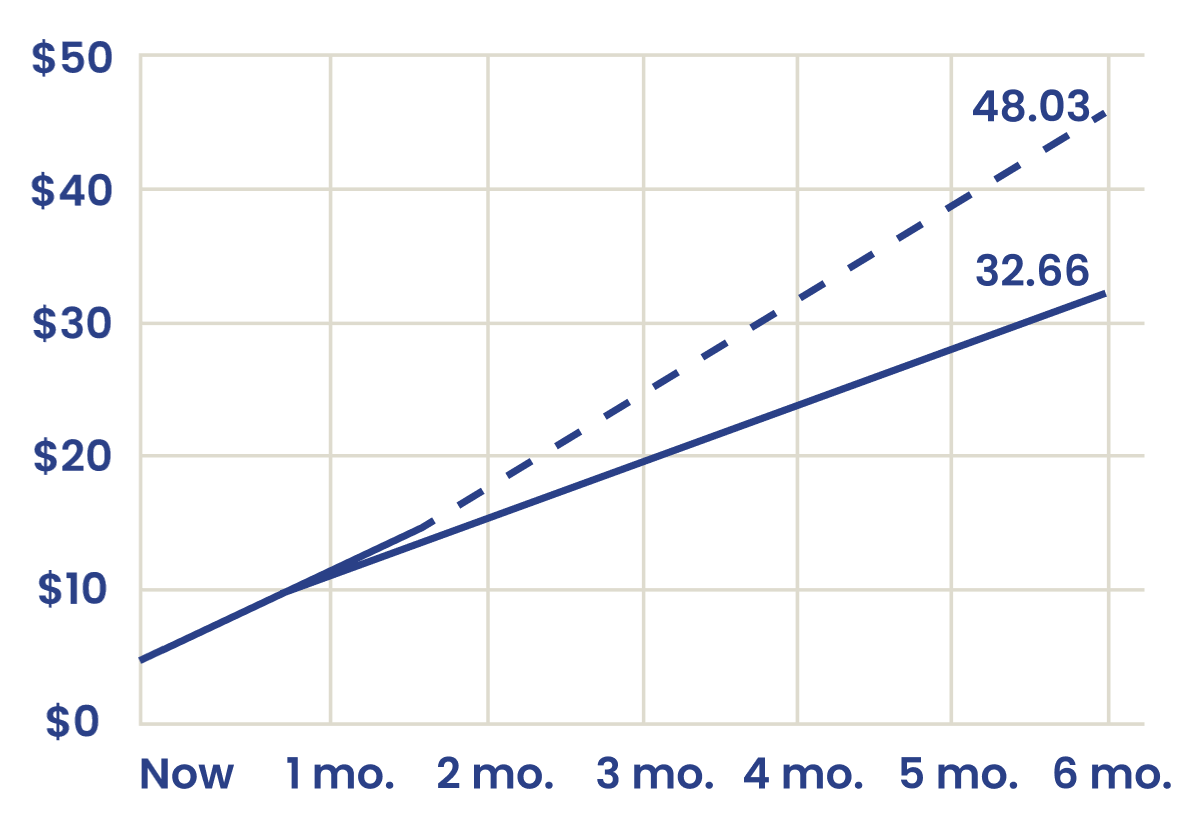Various factors, including lifestyle, diet, and sleep patterns, influence your calorie intake. However, unforeseen emergencies like hurricanes or job loss can also impact it. Stressful situations prompt your body to burn more calories, emphasizing the importance of having ample reserves in case of food scarcity.
When setting up your DIY long-term food storage, it's crucial to consider potential changes in caloric intake. This foresight enables you to store not only nutritious food items but also those that offer a higher calorie count, ensuring better preparedness for unforeseen circumstances.

How Many Calories Are Consumed on An Average Day?
An average male or female must consume somewhere between 2000 to 3000 calories on an average day. This helps your body and mind to stay healthy and strong.
However, if you want to lower your calorie intake to maintain health or tackle a medical condition, make sure to do so with the supervision of a nutritionist.
Some people consume only 1200 to 1500 calories per day in the hope of maintaining their physique. However, it can lead to lethargy in a few days and may prompt them to consume more calories.
So, maintain your calorie intake on an average day between 2000 to 3000 calories.
How Does Calorie Consumption Change During Emergencies?
As mentioned above, emergencies are stressful conditions for your body. This results in an increase in adrenaline, insulin, heart rate, and more. This prompts the body to consume more calories, thus increasing the calorie intake.

Now, before we tell you about the required calories for emergencies, let’s understand how your body burns calories.
- Basal Metabolic Rate (BMR): This includes burning calories for vital body functions such as breathing, digestion, heart rate, brain function, and more.
- Thermic Effect of Food (TEF): This includes calories burned during the digestion of food. 10% of calorie intake is used as TEF.
- Thermic Effect of Exercise (TEE): This includes calories burned during physical activity such as HIIT, yoga, and other forms of exercise.
- Non-Exercise Activity Thermogenesis (NEAT): This includes calories burned while we move such as changing positions, fidgeting, and more.
In addition to the above 4 ways, your body will need more calories to cope with the stress during emergencies. So, it is a quintuple whammy!
Here’s what the US Food and Drug Administration suggests the calorie intake should be during emergencies to ensure effective survival of body and mind.
- For children: 1,000 to 2,000 calories per day
- For adult women: 1,600 to 2,400 calories per day
- For adult men: 2,000 to 3,000 calories per day
So, to ensure you get these calories, you must not only rely on packaged emergency survival food but also store different food items such as:
- Canned fruits and vegetables
- Grains such as oats, rice, and wheat (You can use Mylar storage bags to store these dry food items long-term)
- Nuts and seeds
- Granola bars
- Crackers
- Freeze-dried or dehydrated meat products and more
You can read our previous blog on building your 30-day emergency food supply, detailing the types of food to store to gain the required nutrients and calories.
How To Calculate Calorie Intake For Emergencies?
If you want to calculate the overall calorie intake, you can simply multiply your current weight by 15.
Or to get a more accurate idea of calorie intake, you can use an online calorie calculator provided by the US Department of Agriculture.
Bottom Line
An emergency is a highly stressful situation for your body. Hence, plan out your emergency food supply effectively, which provides you the much-needed calories during an emergency. If you want to read more about food storage and emergency survival tips, the use of Mylar bags, and oxygen absorbers, keep reading our blog at Wallaby.





